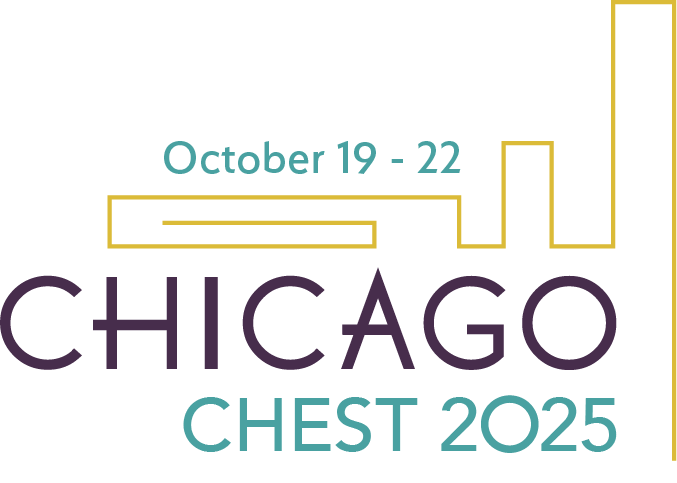
Accurate lymph node staging has been a cornerstone in the management of non-small cell lung cancer (NSCLC), as it directly influences treatment strategy and prognosis. Endobronchial ultrasound-guided transbronchial needle aspiration (EBUS-TBNA) disrupted the field of bronchoscopy with its introduction in the early 2000s by offering a minimally invasive, real-time imaging approach to the biopsy of mediastinal and hilar lymph nodes with overall median sensitivity of 89% and a negative predictive value of 91%.1
Compared with traditional surgical staging techniques such as mediastinoscopy, EBUS carries fewer risks, can be performed under moderate sedation, and allows for same-day discharge. Importantly, EBUS enables a wider variety of sampling, including N1, N2, and N3 nodes, which is key for determining resectability and the need for neoadjuvant therapy—leading clinical guidelines, such as those from CHEST, to recommend EBUS-TBNA as the initial staging modality in patients with suspected NSCLC.2

More recent data have emerged that show routine use of EBUS may warrant scrutiny. One significant limitation of EBUS-TBNA is its inability to access certain lymph node stations, such as stations 5 and 6, which are crucial for comprehensive staging. This limitation can result in incomplete staging and potentially missed metastases. In a recent study, a retrospective analysis of 67 lymph nodes (from 65 patients) with data from EBUS, PET-CT scan, and surgical biopsy revealed 58 nodes were negative in all modalities; six were malignant on EBUS but negative on surgical biopsy; two were malignant for both modalities; and one was negative on EBUS but malignant in surgical staging. EBUS sensitivity was 89% with a negative predictive value of 98%. Six patients were upstaged after surgery due to inaccessible lymph nodes (at station 5 and intralobar) for EBUS. No malignant lymph nodes had maximum standardized uptake lower than 2.9. This study suggests that in cases of high suspicion for malignant lymph nodes inaccessible to EBUS, other invasive strategies such as thoracoscopy or neoadjuvant treatment should be considered. PET-CT scan was shown to be accurate in ruling out but not ruling in lymph node involvement.3
Given these limitations, some guidelines recommend confirmatory surgical staging following negative EBUS-TBNA results, especially in patients with high-risk features. This approach underscores the necessity for a more comprehensive staging strategy. In conclusion, while EBUS-TBNA offers certain advantages, its limitations suggest that it should not be the sole method for lymph node staging in NSCLC. A multimodal approach, incorporating both endoscopic and surgical techniques, may provide more accurate and reliable staging information.
References
1. Yang H, Zhang Y, Wang KP, Ma Y. Transbronchial needle aspiration: development history, current status and future perspective. J Thorac Dis. 2015;7(suppl 4):S279-S286. doi:10.3978/j.issn.2072-1439.2015.11.36
2. Silvestri GA, Gonzalez AV, Jantz MA, et al. Methods for staging non-small cell lung cancer: diagnosis and management of lung cancer, 3rd ed: American College of Chest Physicians evidence-based clinical practice guidelines. 2013;143(5):E211S-E250S. doi:10.1378/chest.12-2355
3. Rakedzon S, Mor E, Yechiel Y, et al. Correlation of PET-CT, endobronchial ultrasound cytology and surgical biopsy in patients with non-small cell lung cancer undergoing curative surgery. Clin Lung Cancer. 2025;S1525-7304(25)00103-2. doi:10.1016/j.cllc.2025.05.005
